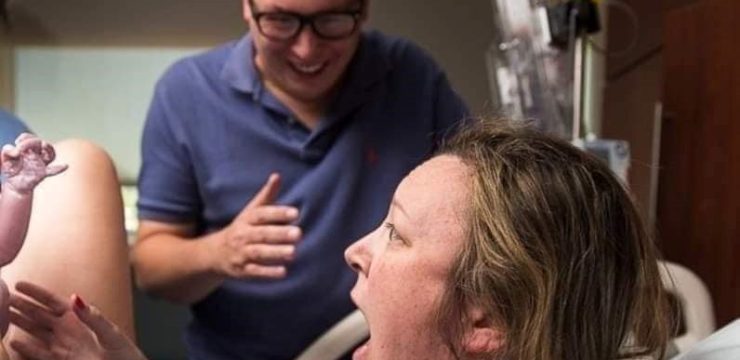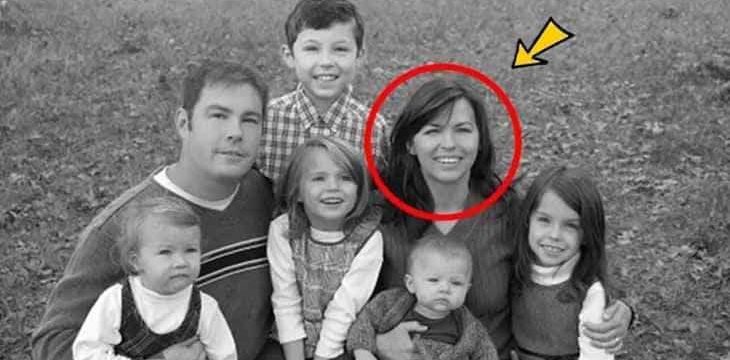
While most beachcombers expect to find seashells, colorful sea glass, or maybe the occasional message in a bottle, one young girl’s trip to the seashore turned into an unforgettable prehistoric discovery. On Christmas morning in 2022, 9-year-old Molly Sampson was walking along the edge of the Chesapeake Bay at Maryland’s Calvert Beach when she stumbled upon something remarkable—an enormous Megalodon tooth.
Beachcombing has long been a favorite pastime for many, especially those who live near the coast. Some people collect driftwood, others scan the sand for treasures washed ashore, and some, like Molly, search for fossils. Fossil hunting is an exciting and educational hobby that combines time outdoors with the thrill of discovering ancient remnants of life that once roamed—or swam—the Earth.
Rather than heading to the dry lands of Montana to search for dinosaur bones, beachgoers can head to places like Maryland’s Calvert Cliffs or Florida’s Venice Beach to hunt for preserved shark teeth. These fossils are more accessible than many realize. In fact, according to fossil experts, some of the best spots to start are public beaches where millions of years of erosion and shifting tides have brought prehistoric secrets to the surface.
Among the most sought-after finds are shark teeth, particularly those belonging to extinct species like the Megalodon. Megalodon, whose name means “big tooth,” was a massive mackerel shark that lived during the Early Miocene to the Pliocene era, approximately 23 to 3.6 million years ago. These predators ruled the oceans and could grow up to 60 feet in length. Their fossilized teeth, some of which can reach over six inches long, are among the most iconic relics from the ancient marine world.
That Christmas morning, Molly set out in search of just such a treasure. According to her mother, Alicia Sampson, the family had gifted Molly with shark-tooth hunting waders for Christmas—a request the young fossil enthusiast had made ahead of time. She had spent years walking the shoreline with her family, hoping to find a tooth from a giant shark. That morning, wearing her new gear, Molly finally got her wish.
Wading into the water at Calvert Beach, Molly spotted something unusual. Bending down, she reached into the shallow bay and pulled out what she first thought might be too good to be true—a giant, palm-sized Megalodon tooth. “I was just shocked,” she said in an interview. “I thought I was dreaming. I couldn’t believe it was real.”
Instead of keeping her incredible find to herself, Molly took the fossil to the Calvert Marine Museum, where paleontologists confirmed the tooth’s authenticity. According to Dr. Stephen Godfrey, the museum’s curator of paleontology, teeth like Molly’s can be found along the Calvert Cliffs, but one of that size is extremely rare. Based on its characteristics, experts estimate the tooth is about 15 million years old.
The museum later celebrated Molly’s discovery on social media, writing, “We love hearing about and seeing the gems you find on the shore.” They also promoted their “First Fossil Friday” program, which helps amateur fossil hunters like Molly identify and learn more about their finds. The museum staff was thrilled with the young girl’s enthusiasm and curiosity, and they hope her story inspires others to explore and appreciate the world of paleontology.
Fossil hunting is a hobby that doesn’t require expensive equipment or travel to remote dig sites. All it takes is curiosity, patience, and a little bit of luck. Many beaches known for fossil finds are open to the public, making them accessible for families looking for a fun and educational outdoor activity. Whether you use a small sieve, a shovel, or just your bare hands, you might uncover something truly ancient beneath your feet.
Molly’s discovery is not just a once-in-a-lifetime find—it’s a heartwarming reminder of the wonders that nature has to offer. It also highlights how passion, persistence, and a little holiday magic can lead to something truly extraordinary.
Have you ever gone searching for shark teeth or fossils? If not, maybe it’s time to head to the beach with fresh eyes. Who knows? You might just stumble upon a piece of history that’s millions of years old. Share Molly’s story with friends and family who love fossils, the beach, or a great story about childhood wonder—and maybe even start planning your own fossil-hunting adventure.





